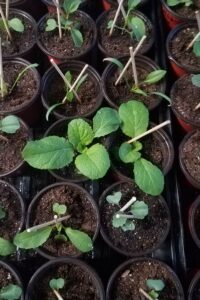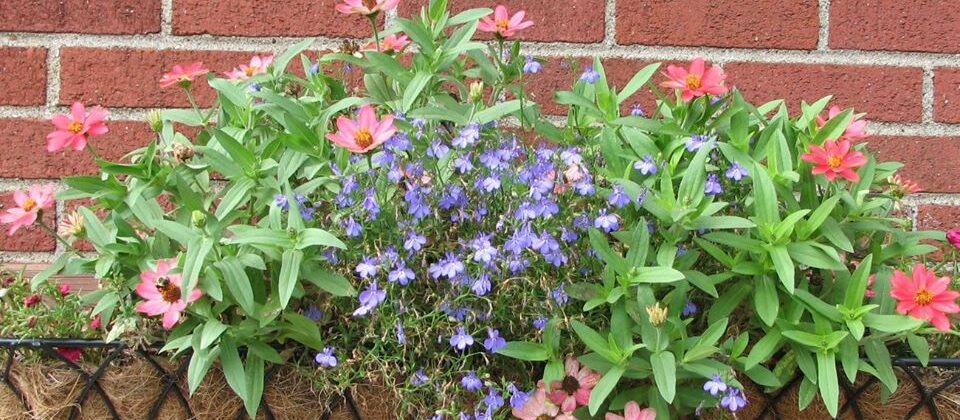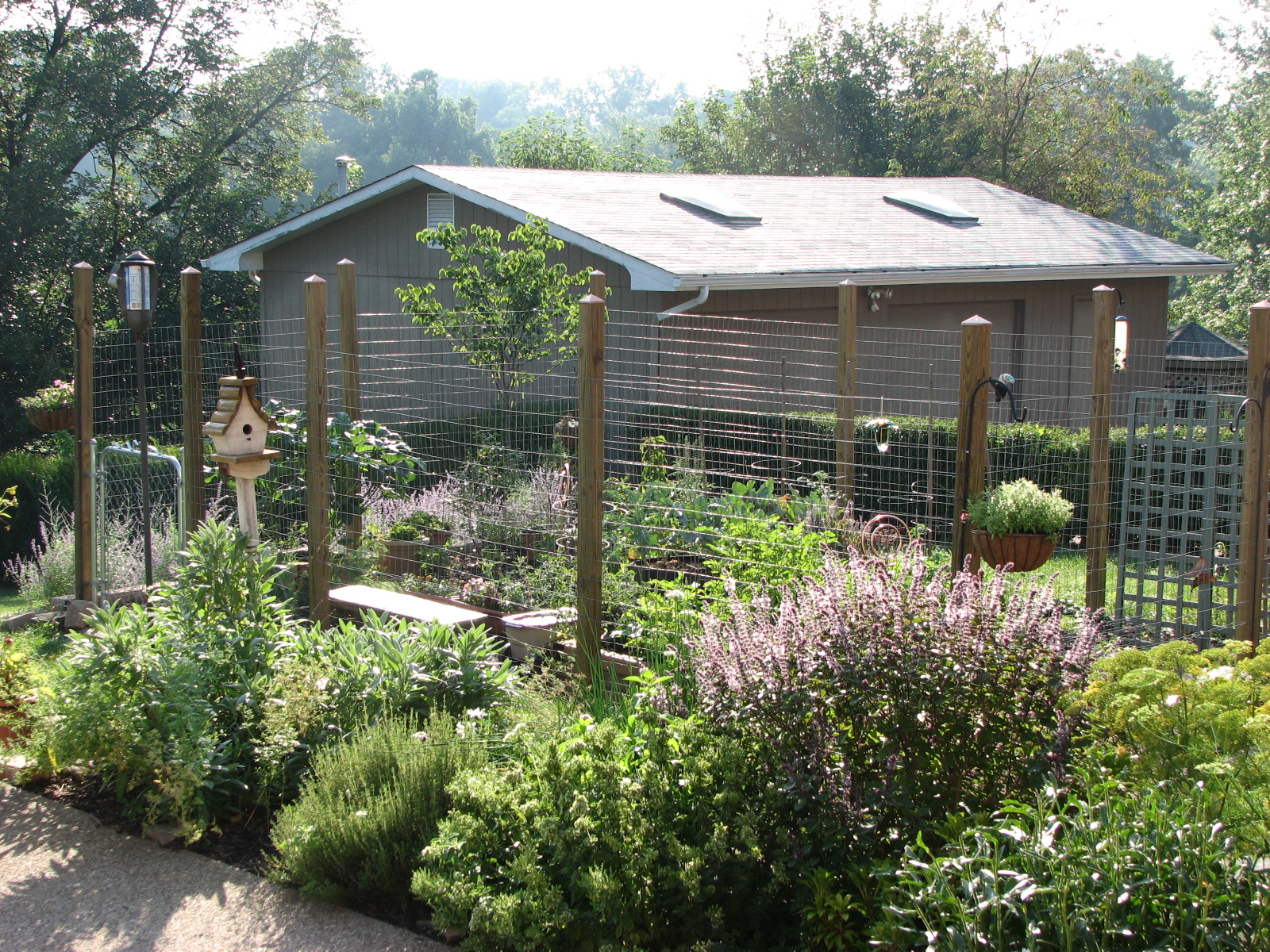
In January, I start some of my seedlings like onions, artichokes, flowers, etc. Also, I am making sure that I have all the seeds that I want to grow and that I have what I need for transplanting. You always need to think ahead! Typically, I start transplanting the cool season vegetables in March.
How do you know it is safe to transplant a seedling and how do you do it? Glad you asked! Here are my thoughts. . .
- Make sure the seedlings have at least two sets of true leaves after the first set which is the temporary set.
- Make sure you harden off the seedlings by taking them out during the day for a few hours and then increase the amount of times outdoors over several days. If you used some fabric over hoops outside, you can shorten the length of time.
- When I am trying to get the seedling out of a plastic container or planter, I use an old steak knife to gently loosen the seedling.
- Make sure it isn’t too windy. If it is a little breezy, I will use a cover over hoops and/or make a teepee with some kabob sticks or skewers so the seedlings don’t get damaged. I usually buy different size skewers on Amazon because I can only find the longer ones at the grocery store.
- I always like to label the rows of the seedlings using wood craft sticks which are wider than a popsicle stick. I label the sticks with a Sharpie or a paint pen. I can usually find a big box of wood craft sticks at a local craft store such as Michaels or Hobby Lobby.
- It is important to water the seedling when you transplant.
- When transplanting in the spring, I sprinkle some Sluggo Plus around my seedlings to help get rid of the bad bugs like slugs. We will chat more about Sluggo Plus in a future post.



